Introduction
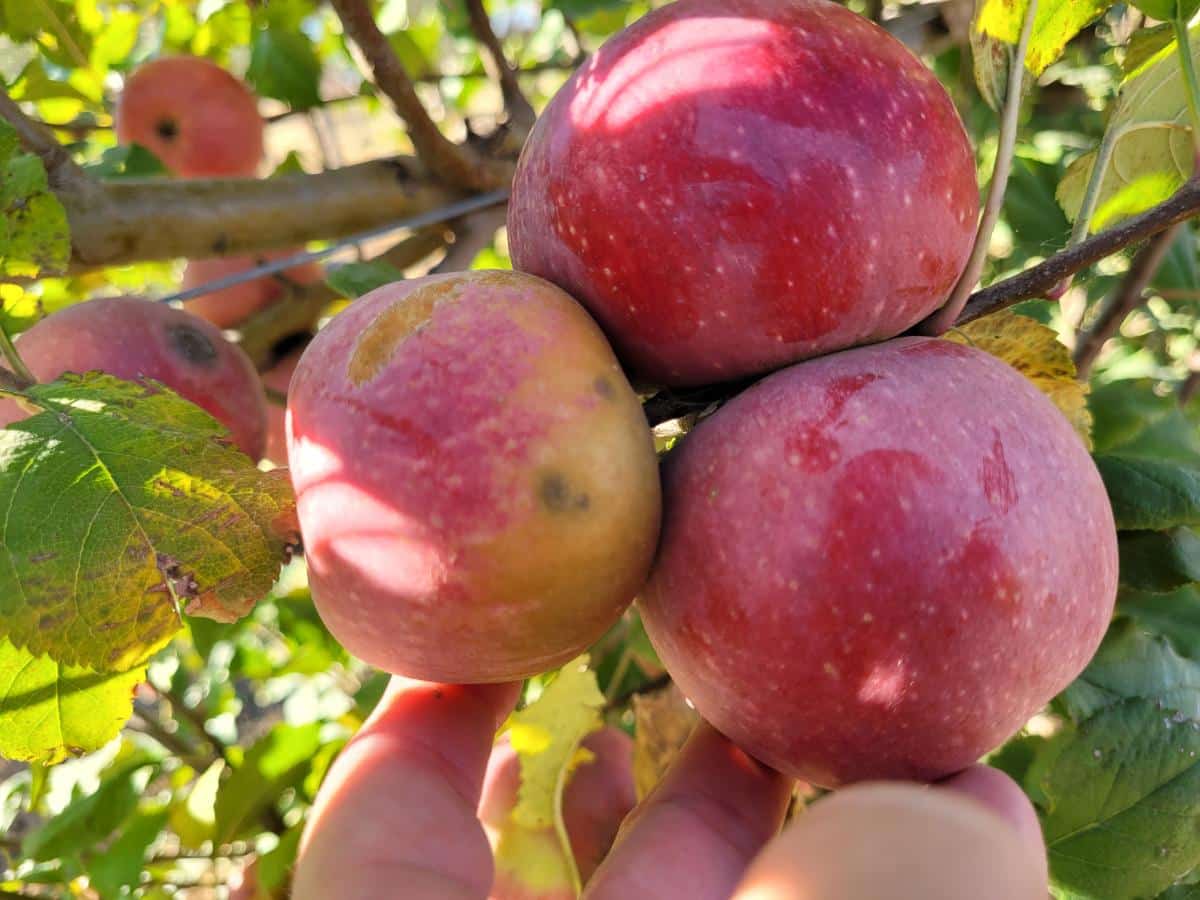
If you enjoy an apple so much that you want to grow it, but you don’t have the funds to drop on a whole tree, perhaps you might want to try growing it from seed. But what’s involved? How long will it take? Will you get the same apple as the original? Well, read on; this article will give you some answers.
Jump to:
- Introduction
- Will Apple Trees Grown From Seed Produce Fruit?
- Understanding Apple Tree Genetics
- You Don’t Have to Plant 1,000 Seeds to Get a Good Apple
- The Role of Apple Seeds in United States Orchards
- The Process of Growing Apple Trees From Seed
- 1. Seed Selection
- 2. Germination Techniques
- 3. Planting the Apple Seeds
- 4. The Waiting Game
- One Way to Speed Up the Process
- When the Apple Seedlings Finally Bears Fruit
- Wrangling All These Seedlings
- Conclusion
Will Apple Trees Grown From Seed Produce Fruit?
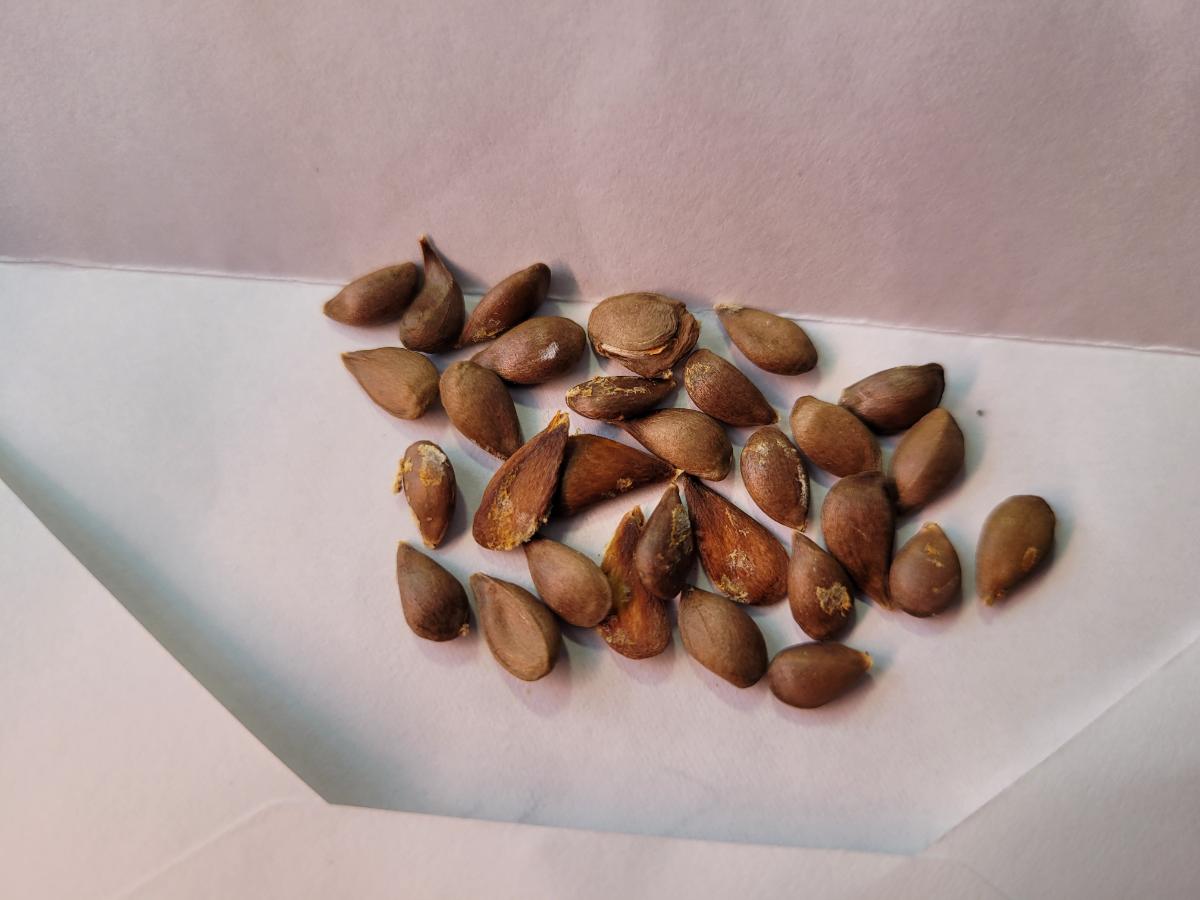
Oh, heck, yes, they will.
A few notes about growing apples from seed:
- Apples from seed do not exactly replicate the parent variety except in a few cases. But that’s okay! More on that in a moment.
- There’s some idea that one needs to plant over a hundred apple varieties to find a seedling that bears palatable fruit. Nonsense! Especially with today’s genetics. Most apples have several generations of genetics that support delicious fruit, increasing your chances of growing something tasty.
- There is also some belief that seedling apples will revert to growing bitter sad apples. Also incorrect for the same reason.
- Some apples grown from seeds might be bland or unremarkable, but these days, the odds of growing something good are much higher.
Learn more:
Understanding Apple Tree Genetics
Apple trees will not reproduce true from seed unless they have two sets of the same chromosomes. Most apples will be cross-pollinated, which means they will have two different sets of chromosomes – one set from the mother tree and one set from the pollinator. Each set of chromosomes adds a wide-ranging genetic mix, leading to diverse traits in the resulting seedling.
However, if the parent apples have had several generations of good-eating apples in their pedigree, your odds of getting a good-tasting apple will improve.
Some apples will look like the mother tree. Wolf River apples occasionally reproduce themselves true to type. Fuji, Gravenstein, Fameuse (aka Snow Apple), and Northern Spy apples apparently have dominant genes, which means that apples grown from these seedlings will exhibit many of the traits of these parents.
Read more gardening advice from Rosefiend Cordell.
You Don’t Have to Plant 1,000 Seeds to Get a Good Apple
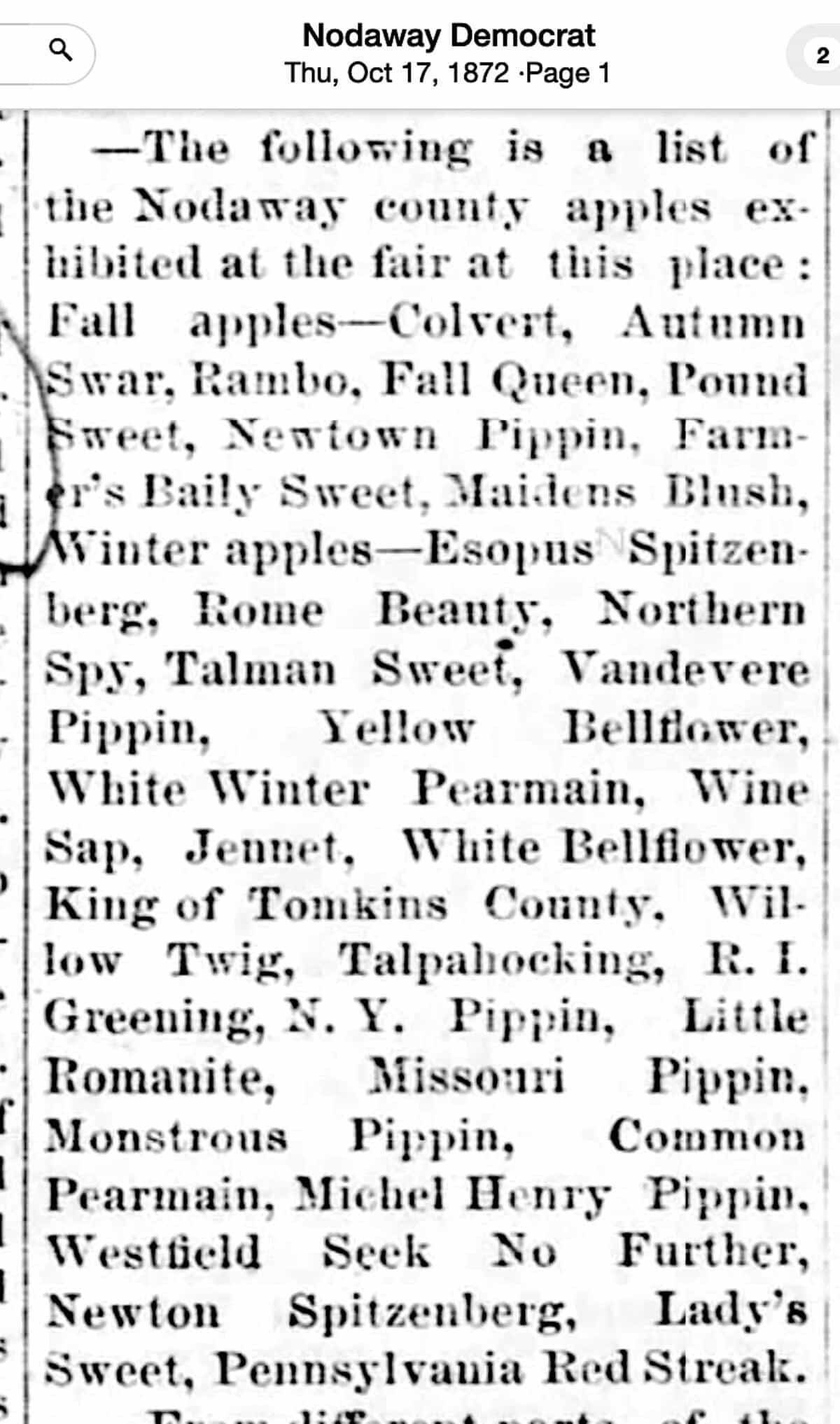
There’s a little factoid floating around stating that it often takes many, many seedlings to develop a good apple.
That might be true for large fruit companies that spend lots of money to breed apples. They will grow 1,000 or even 10,000 seedlings to develop an apple that is unlike anything else on the market that’s good enough for them to patent and make money off of.
However, we are small breeders. (And, yes, if you are growing seedlings to get tasty apples, then you can consider yourself an apple breeder.) Apple trees grown from seeds can produce great fruits. One of our most famous apple varieties, Golden Delicious, came from a seedling of Grimes Golden and Golden Reinette. In fact, did you realize that our entire apple industry was developed by millions of apple trees grown from seeds all over the United States for 300 years? Read on.
The Role of Apple Seeds in United States Orchards
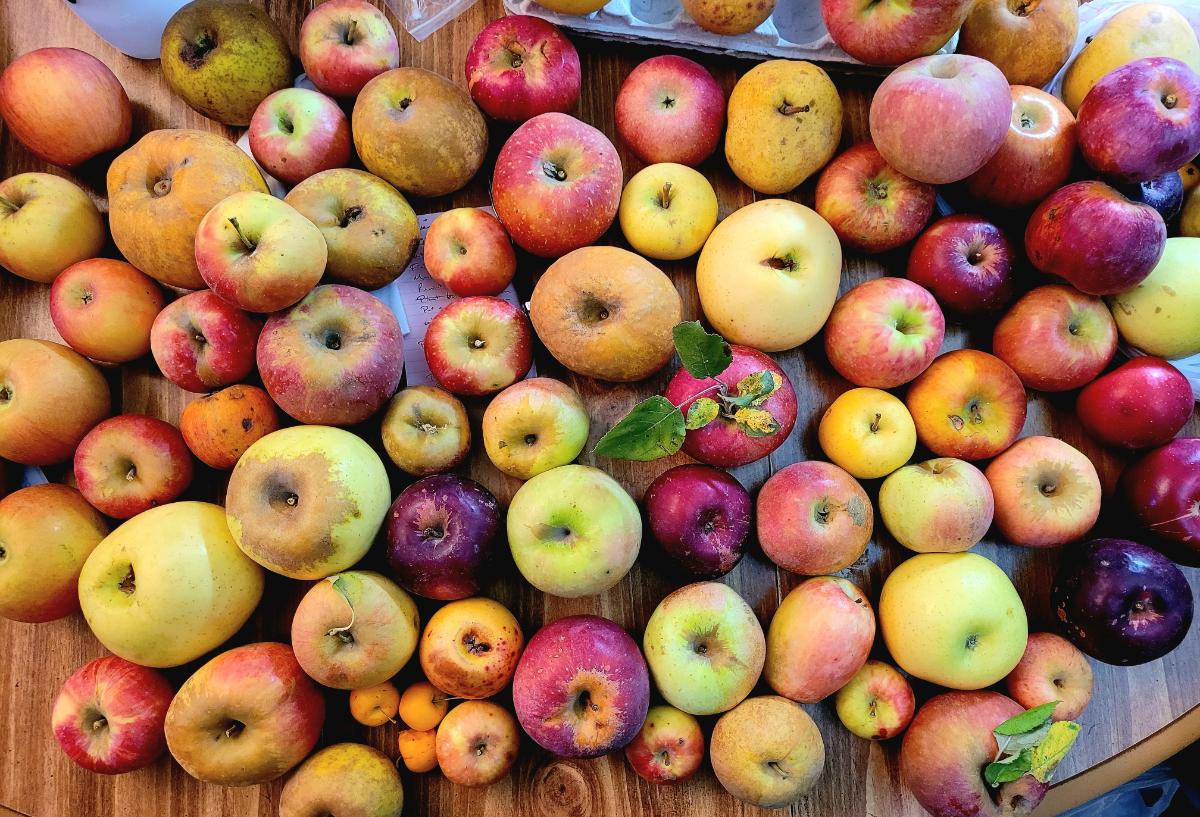
The book Old Southern Apples by Lee Calhoun goes into seedling orchards in a great deal of detail. In the old days during Westward Expansion, colonizers brought bags of apple seeds in order to plant orchards on their new lands. Seeds were extremely portable and free. After all, every apple they ate gave them enough seeds to make five to nine bonus trees.
Millions of apple seeds were brought from overseas and planted across the United States from the 1600s to the late 1800s.
The settlers knew that the seedling trees would bear different fruits for different purposes. The bitter or tart apples were used to make cider and vinegar. The fair-to-middling apples would feed the hogs and livestock. Some trees would fail in the local climate and be replaced with other seedling trees. The rest would be used for cooking, eating, and winter storage.
Trees brought over from England often failed, while the best seedlings would prosper. Some of these seedlings became great regional favorites, not just from the fruit’s flavor, but because the long-lasting varieties also prospered in that particular climate.
Calhoun states, “Millions of apple trees were grown from seeds. This means the South (and the rest of the nation) was like a vast agricultural experiment station, crudely screening seedling apple varieties, rejecting most but keeping the best.” These became the old popular varieties. At one time, there might have been 1,800 apple varieties in commerce, though the actual number is unknown.
The Process of Growing Apple Trees From Seed
1. Seed Selection
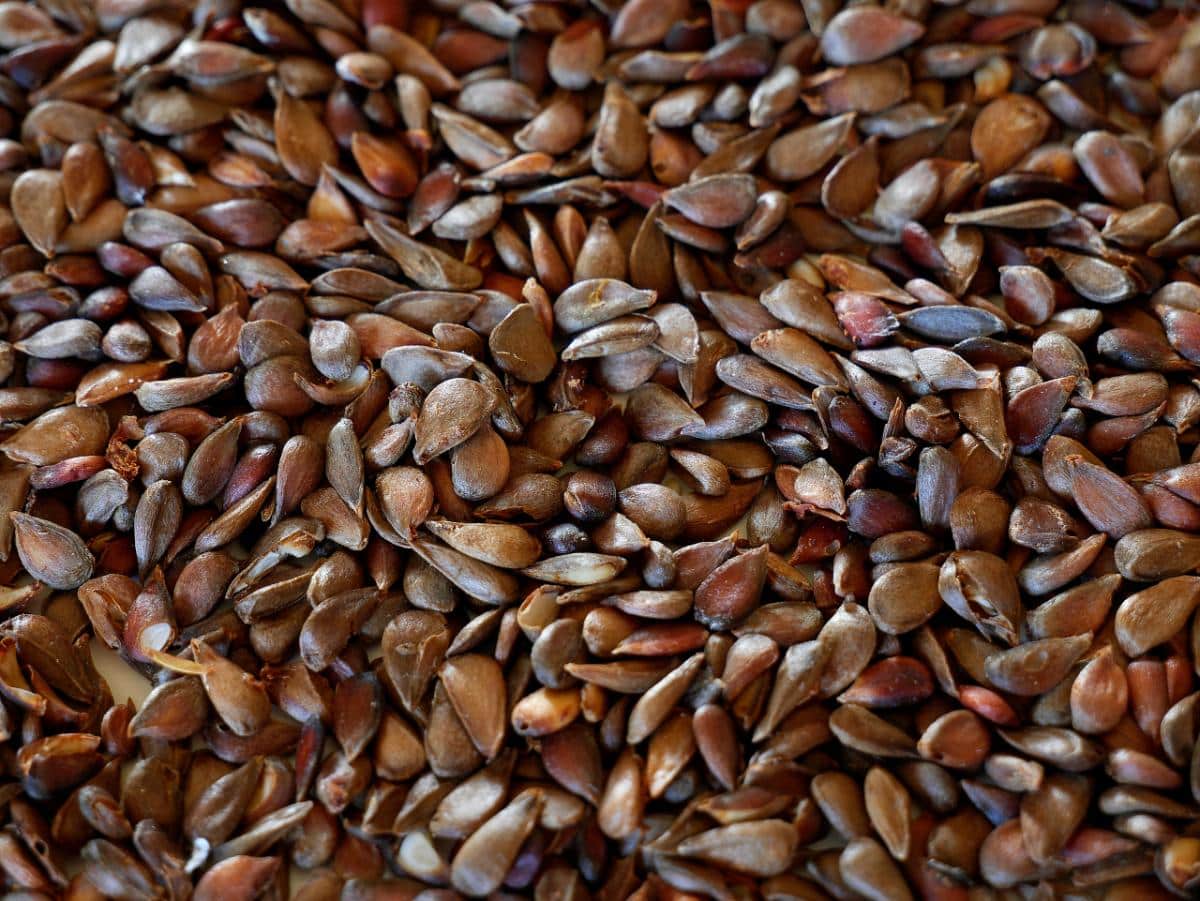
Always gather more apple seeds than you need. Plan for a germination rate of 30 to 50 percent.
For best results, go to a local U-pick orchard to get your seeds. Choose healthy, ripe apples that are fully mature and ready to be eaten because those seeds will be ready to go. By selecting open-pollinated varieties in an orchard full of good-eating apples, you are much more likely to also get apples worth eating.
I picked up a bunch of apples at 39th Parallel Orchards, where they have a lot of old heirloom varieties growing that provide good eating, and kept those seeds. Every roll of the genetic dice should lead to something intriguing!
2. Germination Techniques
Apple seeds need to be cold-stratified – that is, they won’t germinate until they experience about two to three months of cold while in seed form. You can start the seeds either in the refrigerator or plant them in a large pot that's kept in the cold, just as long as the pot stays above freezing.
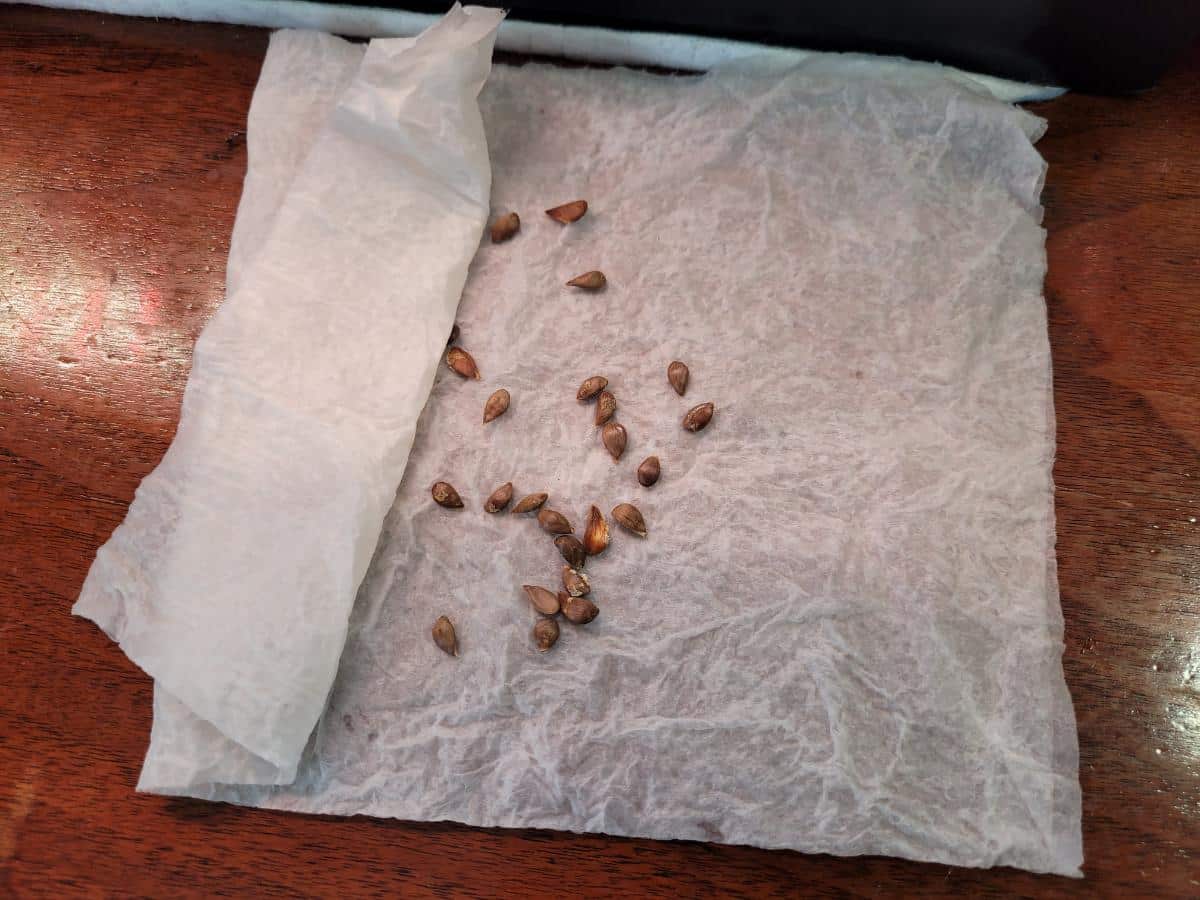
To germinate apple seeds in the fridge, wrap them in a moist paper towel. It should be damp, not dripping. Fold the paper towel over them several times so that the seeds are wrapped in several layers. Then place this in a ziplock bag and store it in the fridge.
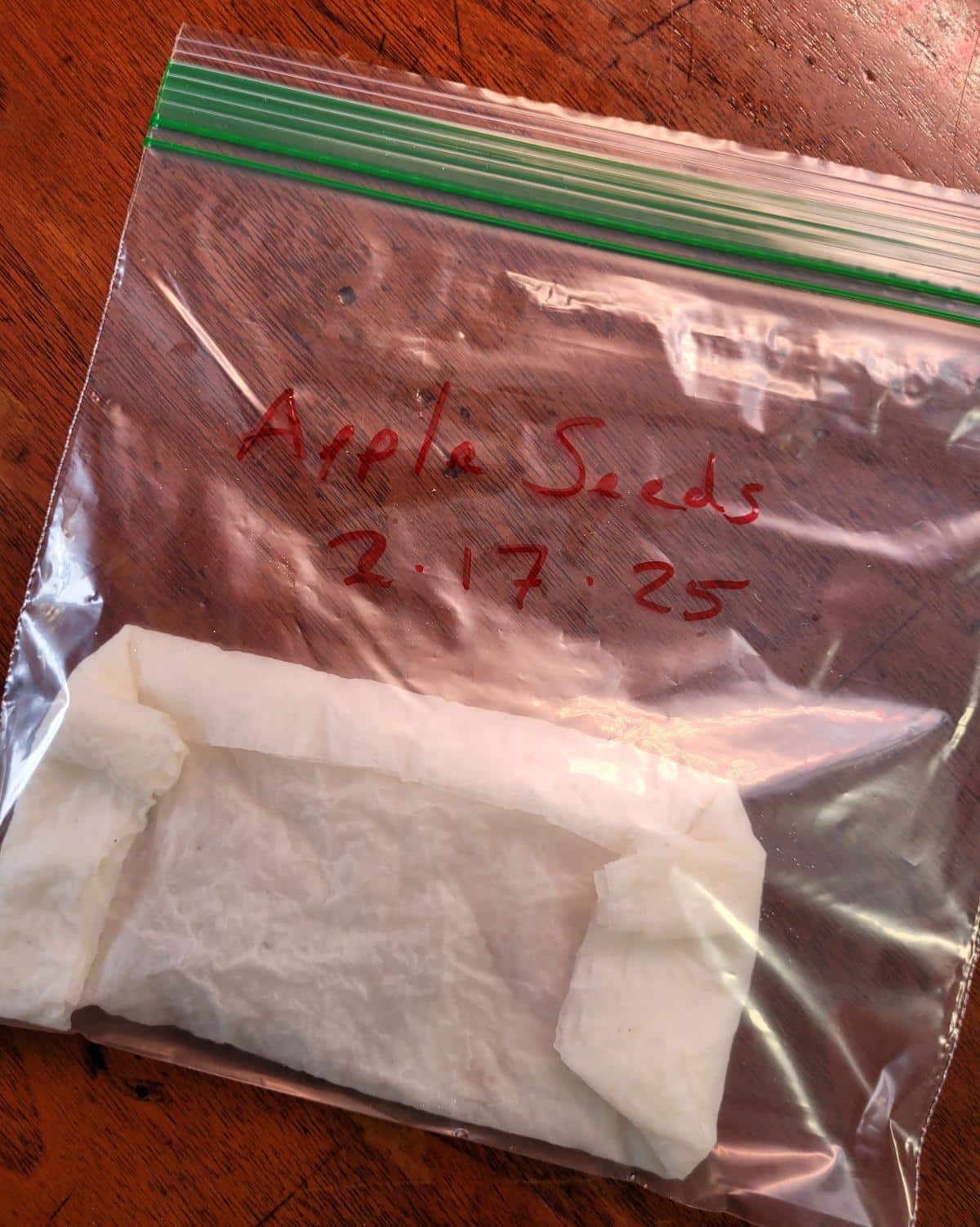
Check the seeds weekly. If the paper towel feels like it's getting dry, give it a little spray of water. Mold is sometimes a problems with seeds germinated this way. Give them a dose of cinnamon, or germinate them in damp sawdust instead.
When the seeds start germinating, little white root tips will appear. Now it’s time to plant!
3. Planting the Apple Seeds
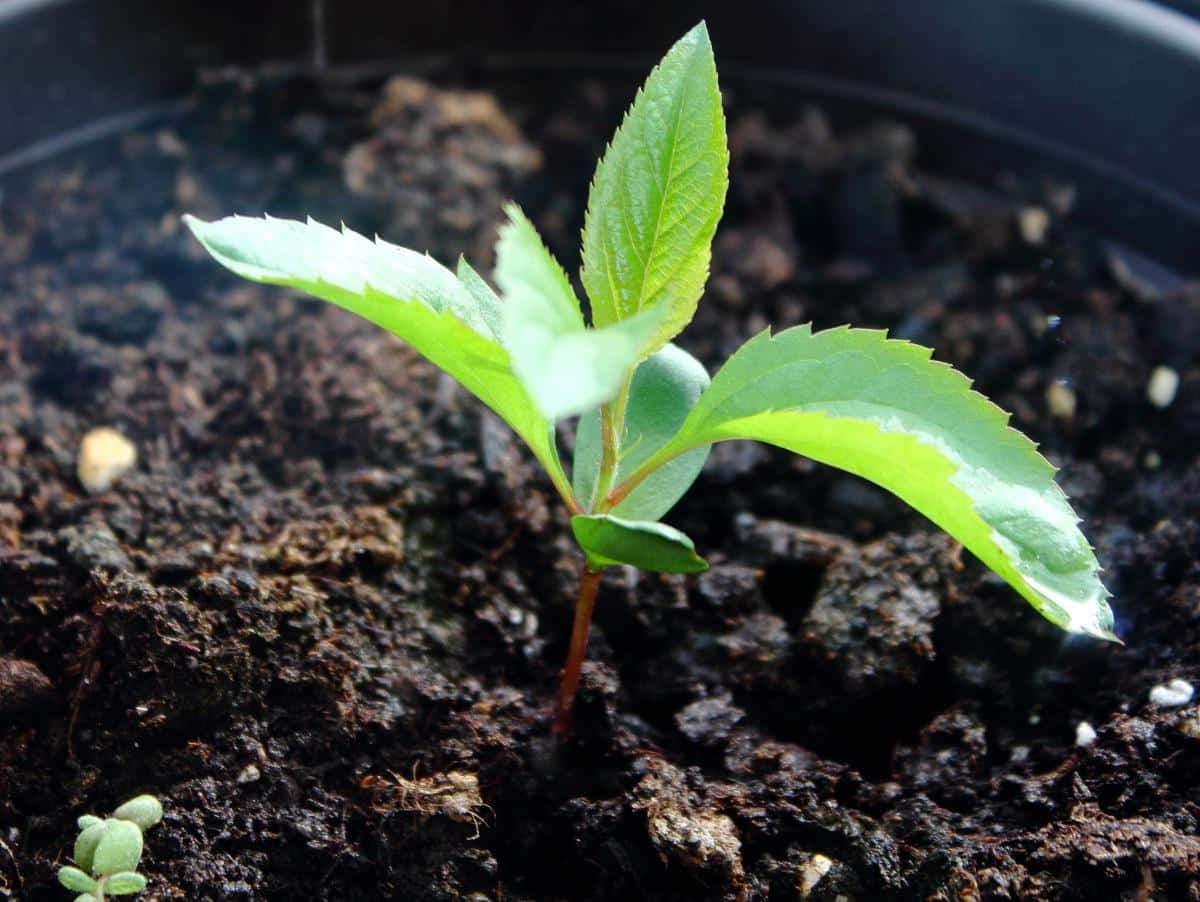
Fill a pot with 6 to 9 inches of well-draining potting soil. If you don’t have a pot, cut the top off a gallon milk jug, punch holes in the bottom, and put soil in that. Plant the seeds about a ⅛ to ¼ of an inch deep. Be careful with the roots, as they are fragile. The,n keep the pot in an unheated shed until they start growing. When the weather starts to warm up, move them outside and put them where they can get full sun. Cover the seeds with half of a milk carton to protect them from frost.
It’s actually easier to start apple seeds directly in a pot in an unheated shed where they don’t freeze. However, I’m starting them in a towel in the fridge because the temperature is hovering at 0. By the time they germinate, it should be warmer – I hope.
Once the apple seedlings get large and husky and easy to handle, move them into separate pots so they have plenty of space to grow. If you don’t have a lot of pots, red Solo cups with holes punched in the bottom are fine.
Pro-tip: The paper towel in the fridge trick works if you want to pre-germinate seeds for spring planting. It’s also used as a way to test the germination rate of an old pack of seeds, if you’re not sure how viable they are.
4. The Waiting Game
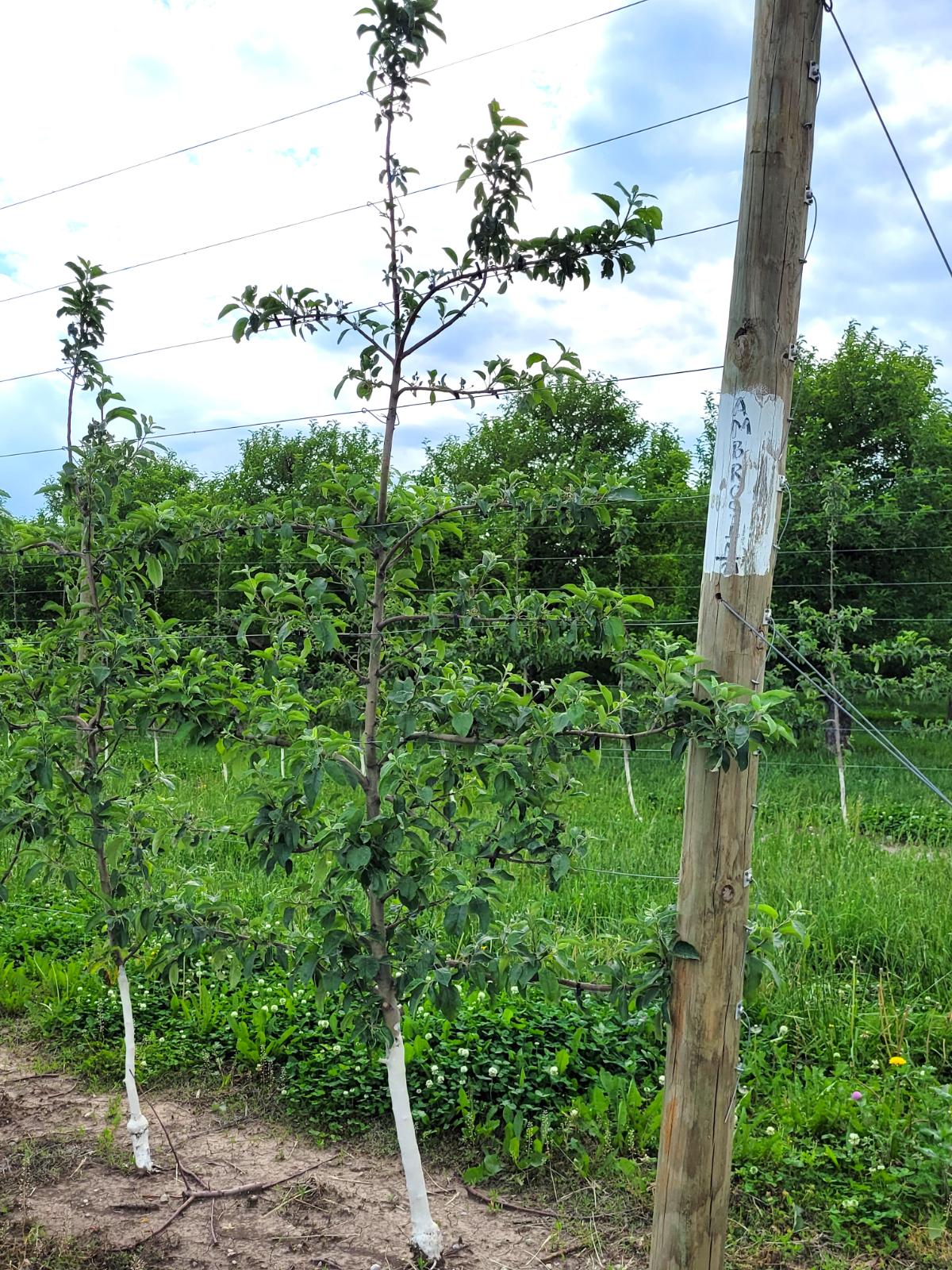
Waiting on the apple seedlings to grow up is the hardest part of the process. Seedlings can take from 5 to 10 years to bear fruit, depending on their genetic ability.
At any rate, while they're growing and getting established, you can select for other traits in your apple trees.
Remember, apple trees are not just about the fruit. You’ll want trees that are also disease-resistant, vigorous, and hardy. If one of your trees is particularly prone to disease year after year, remove it. Trees that aren’t hardy will cull themselves. Your goal at this time is to choose only the strongest trees.
A new apple tree will need to be shaped for the first few years. A mature tree that hasn’t been pruned for a while will need more extensive pruning work. Be sure to avoid these common pruning mistakes with your fruit trees.
One Way to Speed Up the Process
A faster way to get the seedlings to bear fruit is to learn how to graft and then graft cuttings from these seedlings onto established trees. Label each cutting so you can find them later. These cuttings will mature much faster, and growing them on an already-existing apple tree will save space in your yard.
Read more gardening advice from Rosefiend Cordell.
When the Apple Seedlings Finally Bears Fruit
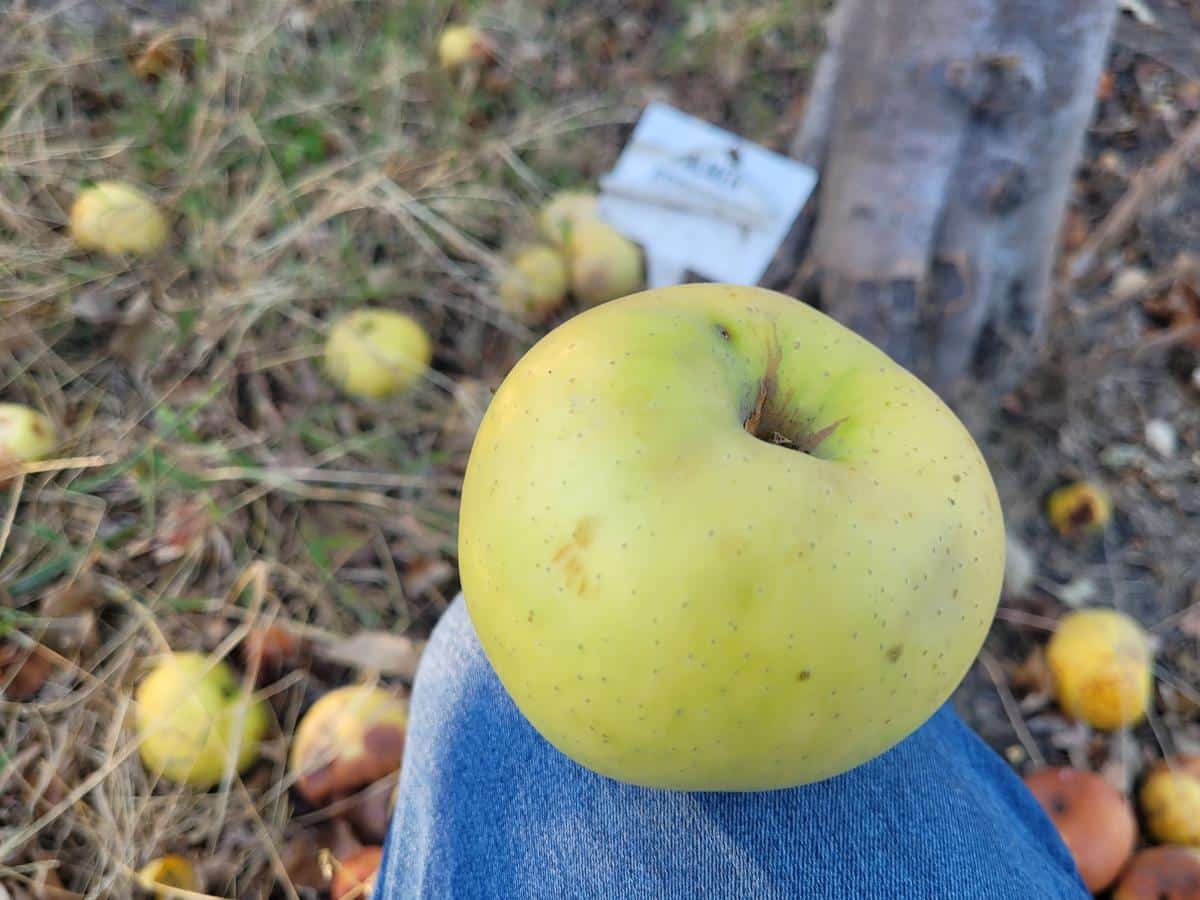
What makes it worse for us impatient types is that even once the tree starts bearing fruit, it might take a few more years for the fruit to settle into the taste that it's going to be. So if a fruit doesn't taste great the first year you pick it off the tree, give the apple tree a few more years to settle into its stride.
But every apple seedling will be something different, and tasting each new apple is an especially enjoyable part of the process. It’s like Apple Christmas!
Wrangling All These Seedlings
If you don’t have a lot of space but you’re growing a seedling tree that is bearing good fruit, fear not. Several nurseries will do custom grafting for you. This means that you can send cuttings of your tree to these orchards, and they will graft them onto dwarf or semi-dwarf rootstock so that the seedling tree you enjoy will fit neatly into your yard.
One more thing to consider is the tree’s mature height. Some of your seedlings might grow into a dwarf or semi-dwarf tree, and they’ll fit just fine in small spaces. (Dwarf and semidwarf trees grow to be about 8 to 15 feet tall, give or take.) Other trees will grow to standard size, eventually about 30 feet tall and 30 feet wide.
If you have friends and family who are gardening nuts, give them a couple of full-grown seedlings to grow in their yard.
Read more gardening advice from Rosefiend Cordell.
Conclusion
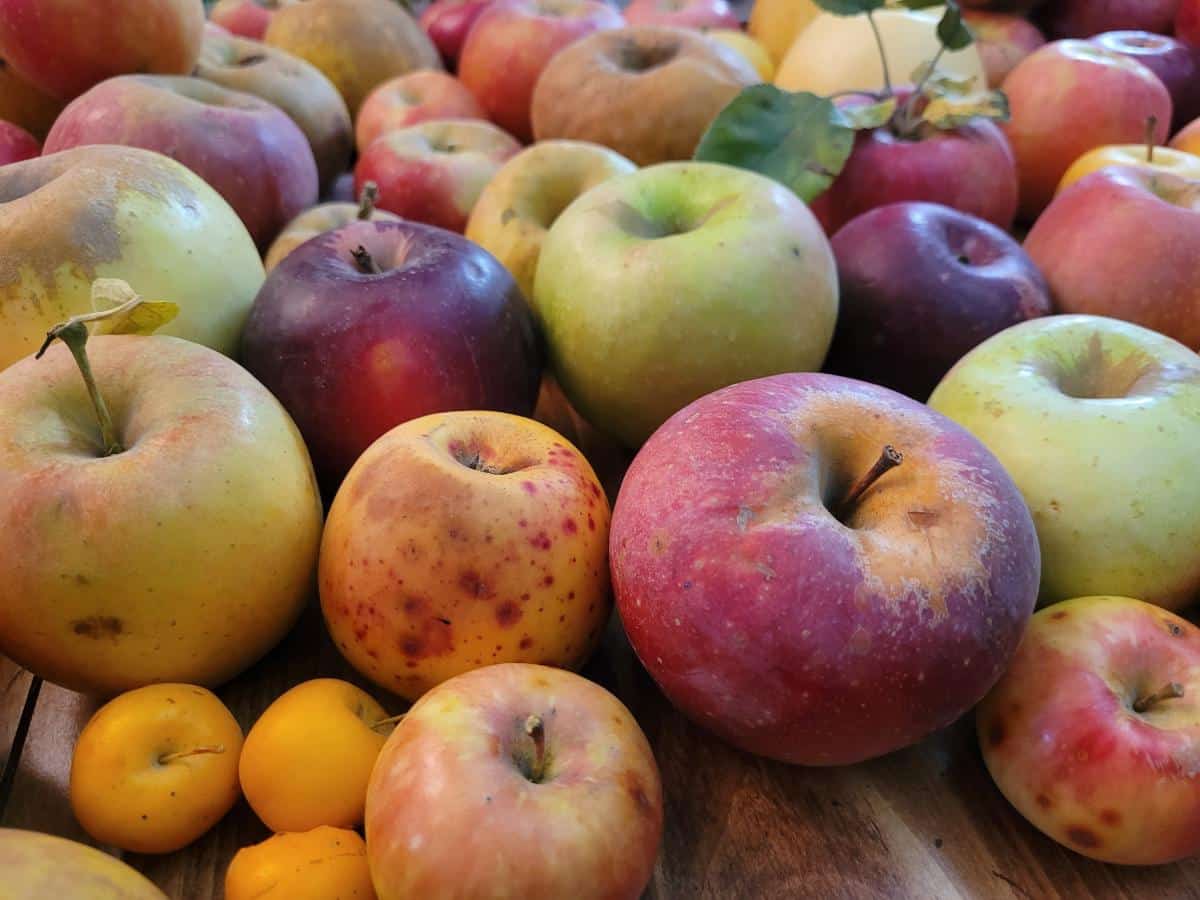
Growing apple trees from seed can take a while, but like any part of gardening, the journey is worth it. They don’t cost anything but some soil, space, water, and time, and it’s just a fun experiment to try. And growing a tree that bears good fruit for free is definitely worth the time.

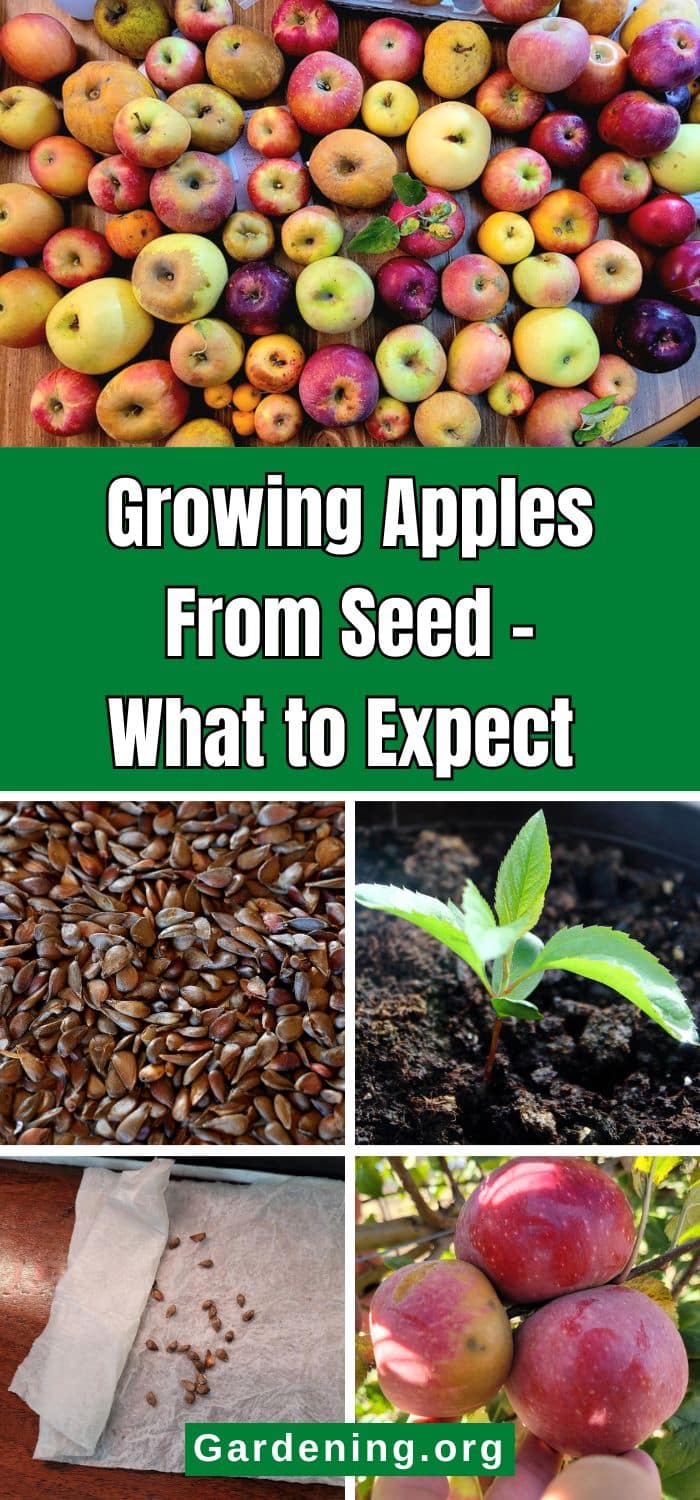
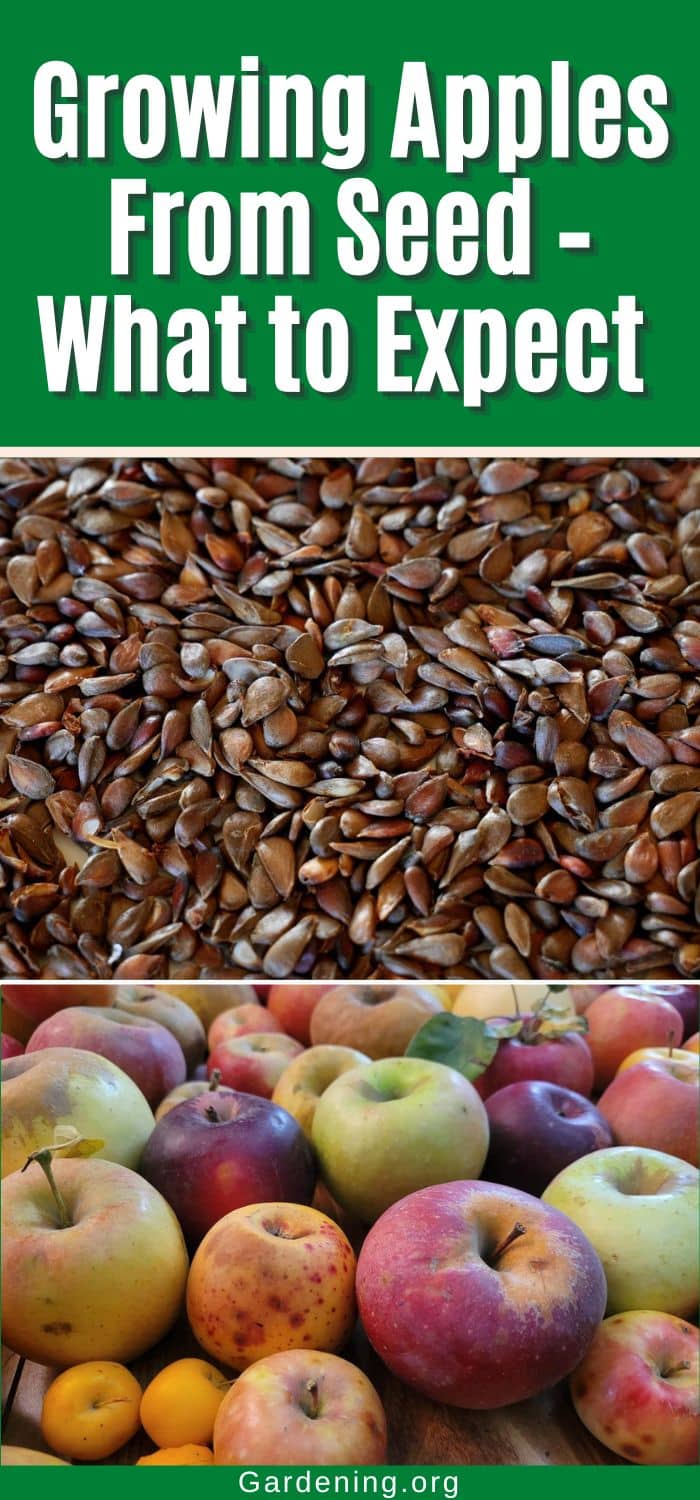
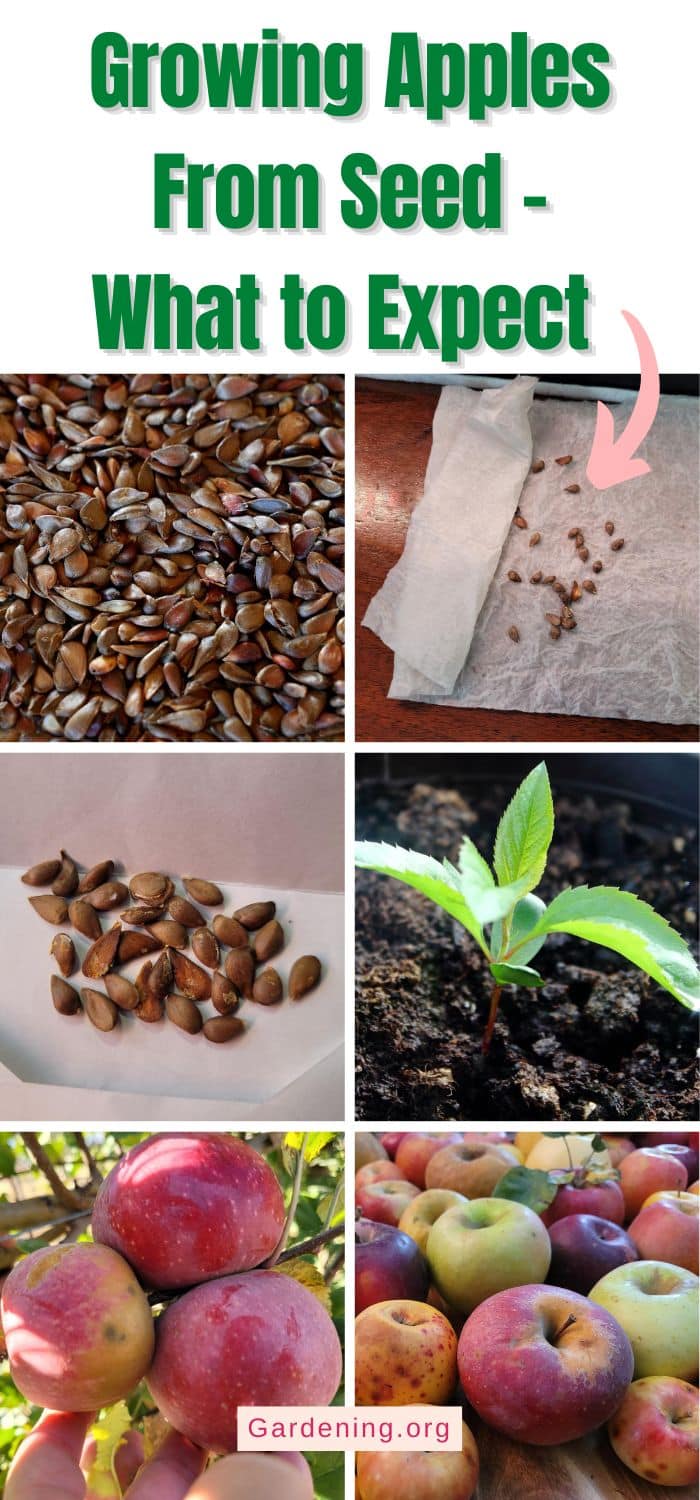
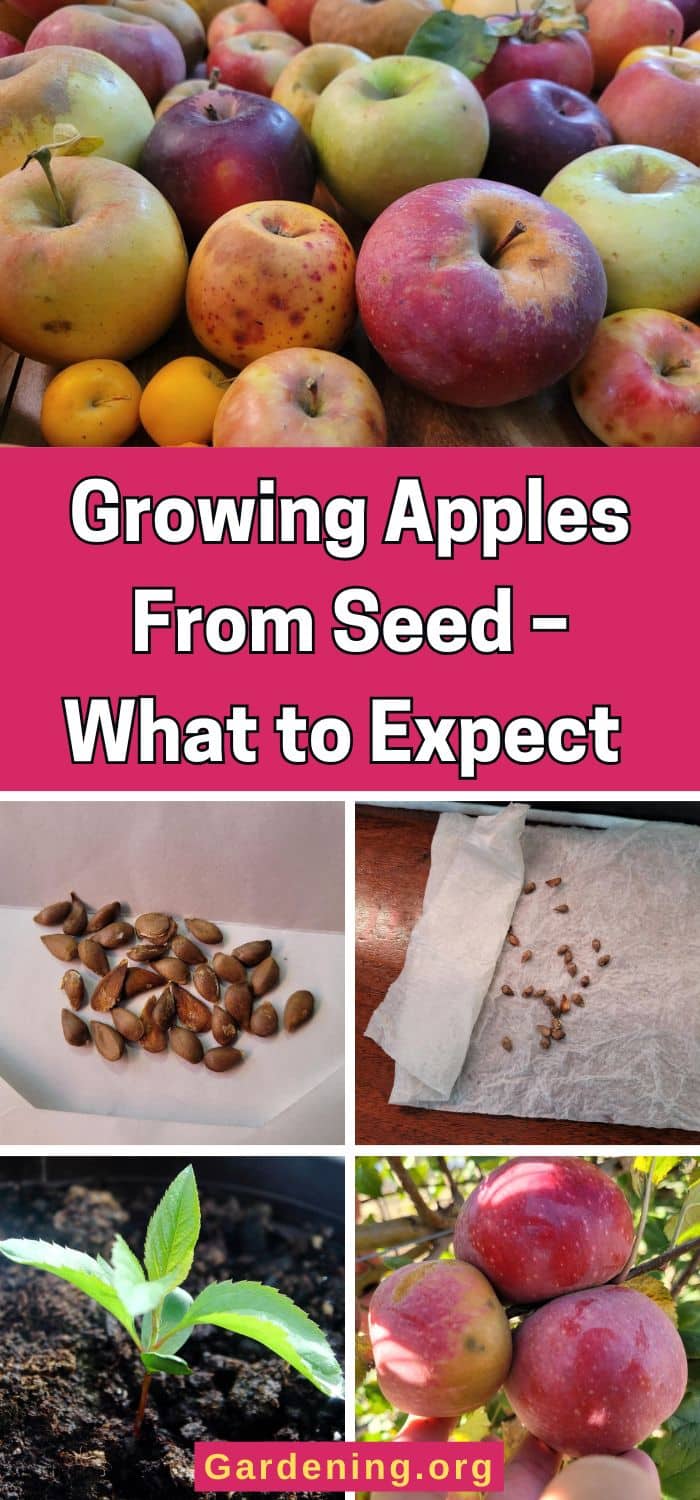
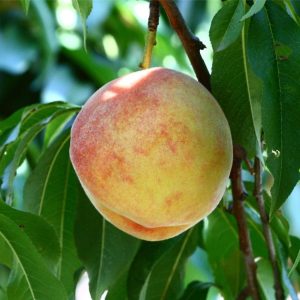
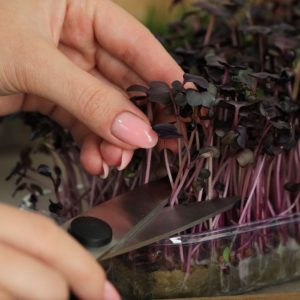
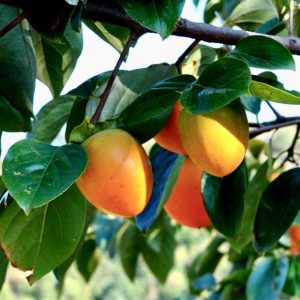
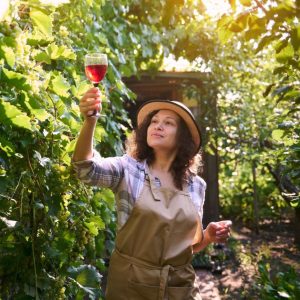
Leave a Reply